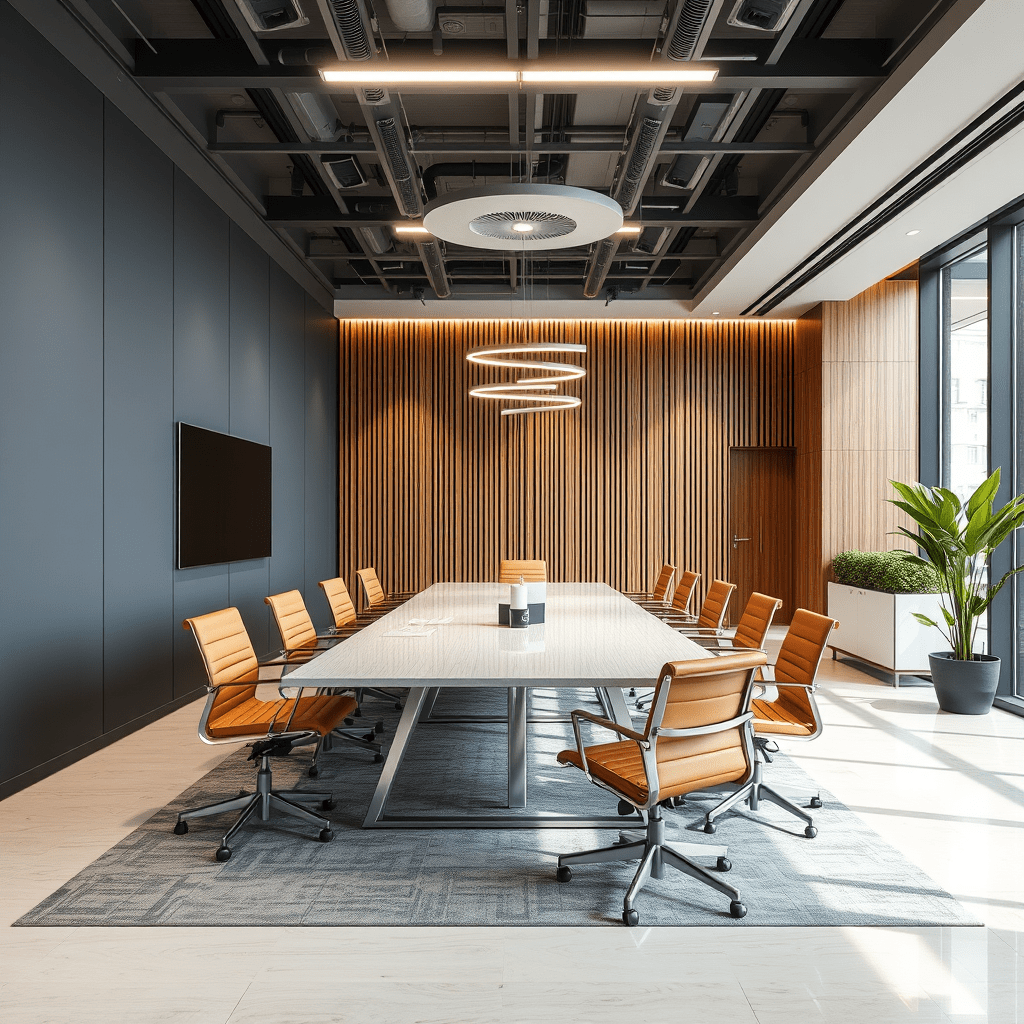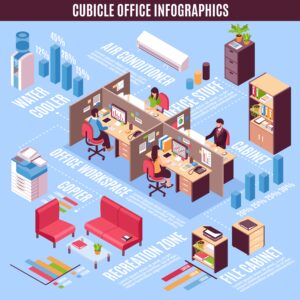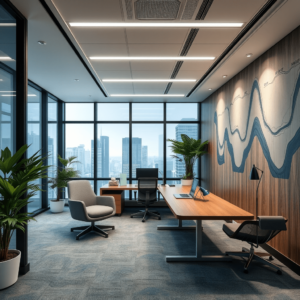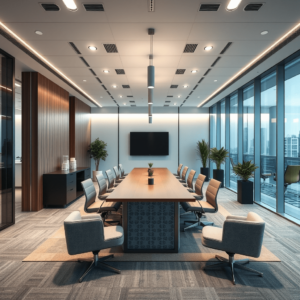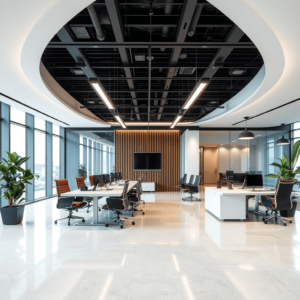Office Design & Furniture Trends: What’s Next for Hybrid-Remote Workspaces?

The largest trend in 2022 was office design and furniture adaptations related to COVID-19, as companies navigated the mass return to work and managed recovery from the pandemic’s peak. In 2024, the focus has shifted to how companies are modifying their workspaces to accommodate employees working remotely and in hybrid arrangements. As the hybrid-remote workplace continues to evolve, let’s explore how office furniture and design are influenced by this new reality and anticipate further changes in the coming years.
Hybrid-Remote Challenges
The primary difference between office design for hybrid workplaces and traditional workplaces is the kind of activity the design prioritizes. Last year, the emphasis was on providing dedicated workstations for concentrated tasks. However, high-focus work can now be effectively accomplished at home just as it can in the office. The hybrid approach now highlights the importance of in-person interactions, collaboration, and connection—elements that are more effectively achieved through face-to-face meetings but challenging to replicate virtually. This shift has made office redesign initiatives increasingly necessary.
ZK Interiors, recognized as the best interior designer in India, is at the forefront of addressing these challenges. We deliver corporate office interior projects pan India, ensuring that spaces are optimized for both collaborative and individual work in the evolving hybrid landscape.
Hybrid-Remote Challenges
Addressing the Imbalance
Offices are now experiencing an imbalance between the number of private workstations and collaboration spaces due to this transition. Key issues include:
– Insufficient Privacy Pods – The rise of virtual meetings and the need for private discussions have highlighted a shortage of privacy pods for phone calls and brief meetings.
– Declining Demand for Large Conference Rooms – With increased virtual meeting usage, many companies are seeking new purposes for their underutilized large meeting rooms.
– Excessive Office Space – Some companies find their office spaces too large and are considering downsizing for cost-effectiveness.
Although solving these problems can be challenging, an office design and furniture specialist can assist in addressing them. The goal of 2024 office design trends is to offer solutions that align with today’s workforce needs and office environments. Key objectives include creating cost-effective, collaborative workplaces that provide ample privacy and distraction-free work environments while accommodating the hybrid-remote schedule and minimizing the risk of infectious disease transmission.
Top Layout and Furniture Trends
1. Adaptability – Flexibility is crucial in the hybrid workplace. Implementing adaptable office furniture and layouts allows employees to choose their work hours and office days, optimizing space and meeting diverse needs.
2. Modular Office Furniture – Modular designs offer much-needed flexibility, enabling easy customization and reconfiguration of office space. This approach maximizes space utilization and accommodates changing needs.
3. Destination Workspaces – Transforming the office into an inviting destination can encourage employees to return. Adding amenities like cozy lounges, home-like furniture, and fitness centers can enhance the workspace appeal.
4. Multi-Functional Cafeterias – Modern cafeterias serve more purposes than just dining. They now function as versatile spaces within the office, reflecting the recent shift in usage patterns.
5. Breakout Spaces for Collaboration – Create inspiring environments for teamwork with cozy, home-like furniture in breakout spaces. Address the imbalance of workstations versus collaboration areas by utilizing conference rooms creatively.
6. Versatile Desk Arrangements – Desk setups should maximize efficiency and include options like tackboards, U-shaped workstations, and height-adjustable desks. Finding the right combinations is crucial.
7. Height-Adjustable Desks – These desks support employees who alternate between sitting and standing, reducing back pain, boosting productivity, and promoting overall well-being.
8. Modular Partitions – Use modular walls and partitions to divide office spaces effectively, catering to different needs and preferences.
9. Privacy and Acoustic Solutions – Provide quiet areas with booths and pods for focused work or private calls. Consider sound-masking systems, acoustic panels, and floor-to-ceiling walls for optimal noise reduction and soundproofing.
10. Commercial Furniture – Opt for softer, more comfortable commercial furniture with colors and designs that make the office feel more inviting and home-like.
11. Aesthetic Enhancements – Incorporate plants, natural light, neutral colors, and decorative elements to positively impact employee satisfaction and productivity.

